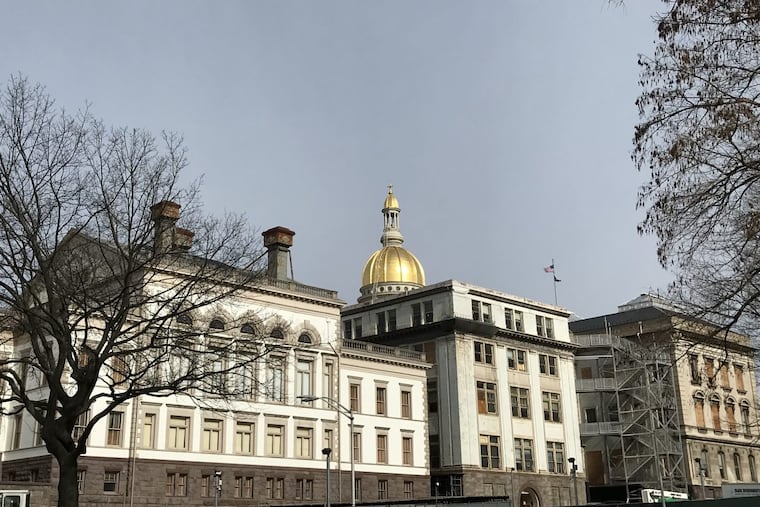Fix N.J.’s bloated and broken tax breaks | Editorial
New Jersey's program of tax breaks to encourage commercial development is broken. Studies show such incentives have little economic impact (except on recipients), but state governments seem addicted to them.

New Jersey’s all-Democratic state government remained at odds with itself about tax breaks for developers during 2019 — the controversial Grow NJ and Economic Redevelopment and Growth programs expired in June and have yet to be replaced — and Gov. Phil Murphy and Senate President Steve Sweeney still can’t agree how to fix them and the bloated and broken system of which they are a part. Their competing reform proposals each have some merit, such as targeting incentives toward needy areas, such as ‘food deserts.’ But the sticking point remains the governor’s insistence on an annual $200 million cap on the entire program. Sweeney has dismissed this as a nonstarter, but we see the cap as a sensible step in the right direction, though well short of a solution.
According to an audit of the state’s Economic Development Authority, New Jersey has committed $11 billion in incentives as of February 2019. It is not the only government addicted to incentives. In 2017, Philadelphia and 237 other jurisdictions nationwide struggled to outdo each other in goodies offered to Amazon in exchange for the intoxicating promise of new jobs by the tens of thousands. New Jersey’s offer of $7 billion in tax incentives to Amazon was nothing new; in 2013, Trenton Democrats and Republicans inflated the state Economic Development Authority’s Grow NJ and ERG incentives into a behemoth that ultimately promised $1.6 billion to companies or institutions willing to expand or move to Camden.
We believe the impasse provides an opportunity for the state to think harder about the value of incentives and build in safeguards for more transparency and accountability. It’s especially galling that the insatiable appetite to offer incentives persists despite abundant evidence the enticements don’t work well, or are unnecessary.
A paper published this month by researchers from Princeton and Columbia universities questioned incentives’ impact on economic growth. And as Jackson Brainerd, policy specialist for fiscal affairs for the National Conference of State Legislatures, told a special N.J. Senate committee last September: “There is no evidence the number of economic tax incentives bear any relation to the broader performance of a state’s economy."
» READ MORE: Here’s how CEOs are pushing back against criticism of N.J. tax breaks
» READ MORE: There could be hope in Camden yet
Nevertheless, Garden State officials seem to believe incentives are good politics even when the optics are bad: Brainerd testified before a committee set up by Sweeney to counter a gubernatorial task force that made headlines all year about vague job creation targets and the scant monitoring. But the special committee’s most memorable moment came in November, when state police removed Camden activist Sue Altman from the hearing room where Democratic power broker, millionaire businessman, and Sweeney pal George Norcross was scheduled to testify. Companies and institutions associated with Norcross or members of his family were heavily involved in the expanded incentives program, which he insists has made Camden’s redevelopment boom possible.
A case can be made that Camden’s half century of economic decline — largely fostered by corporate decisions to close or move factories that once employed thousands of city residents — requires an extraordinary approach. But there’s nothing extraordinary about corporate welfare. Murphy’s cap would at least impose a fiscal limit on this stubbornly enduring trickle-down fantasy.